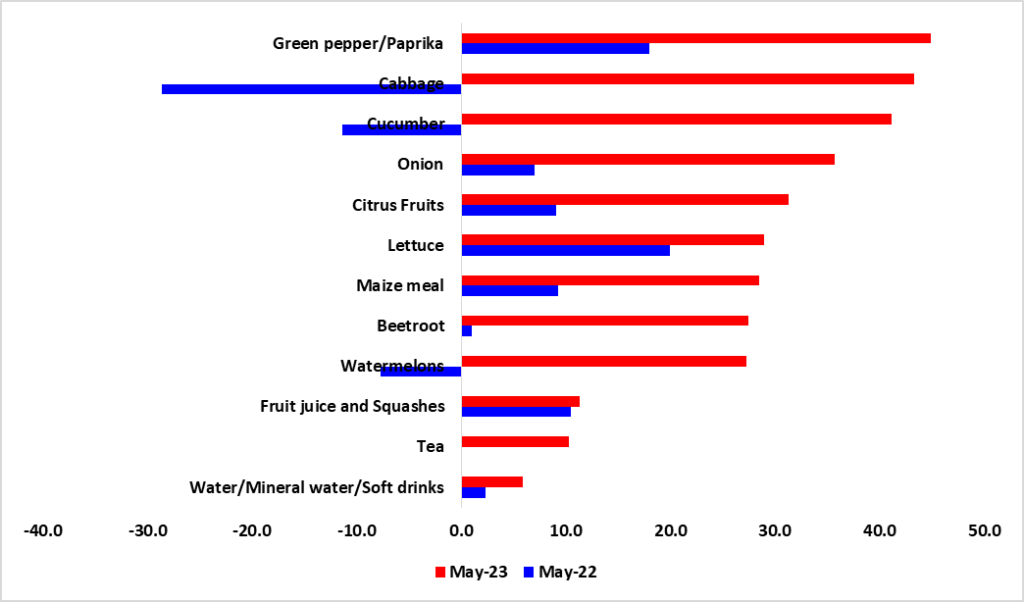Analysis
The increase in petrol and diesel prices by the Ministry of Mines and Energy for September 2023 was a response to the complex interplay of global oil market dynamics. Brent oil rallied to $90 a barrel for the first time since November as key OPEC+ producers extended supply cuts that have tightened the crude market.
Saudi Arabia extended its unilateral production cut by another three months as it seeks to support a fragile global market. The move will hold output at about 9 million barrels a day, the lowest level in several years. Russia alluded to curbing 300,000 barrels a day of exports through year-end. As a result, oil inventories declined globally. Additionally, the global oil demand is increasing boosted by summer air travel, power generation, and petrochemical operations in China. Consequently, the combination of decreased supply of oil due to OPEC+ agreements and increased demand from various sectors has led to high oil prices.
To address the significant under-recoveries caused by these global dynamics, the Ministry has decided to increase the prices of petrol and diesel effective today September 6, 2023. Petrol price increased by 120 cents per liter, resulting in a new price of N$20.98 per liter while diesel prices(50 ppm) and (10 ppm) increased by 170 cents per liter, bringing the new price to N$20.75 per liter and N$20.95 per liter respectively.
Figure 1: Namibia Fuel Prices, January – September 2023

Source: Ministry of Mines and Energy
Outlook
We expect oil prices to remain on the current trend in short-term, stemmed by the anticipated oil production cuts by the OPEC+ countries. Furthermore, the global oil demand boosted by summer air travel, power generation and petrochemical operations in China, and the further currency depreciation against the US dollar boosts the chances of possible elevation in fuel prices.





















